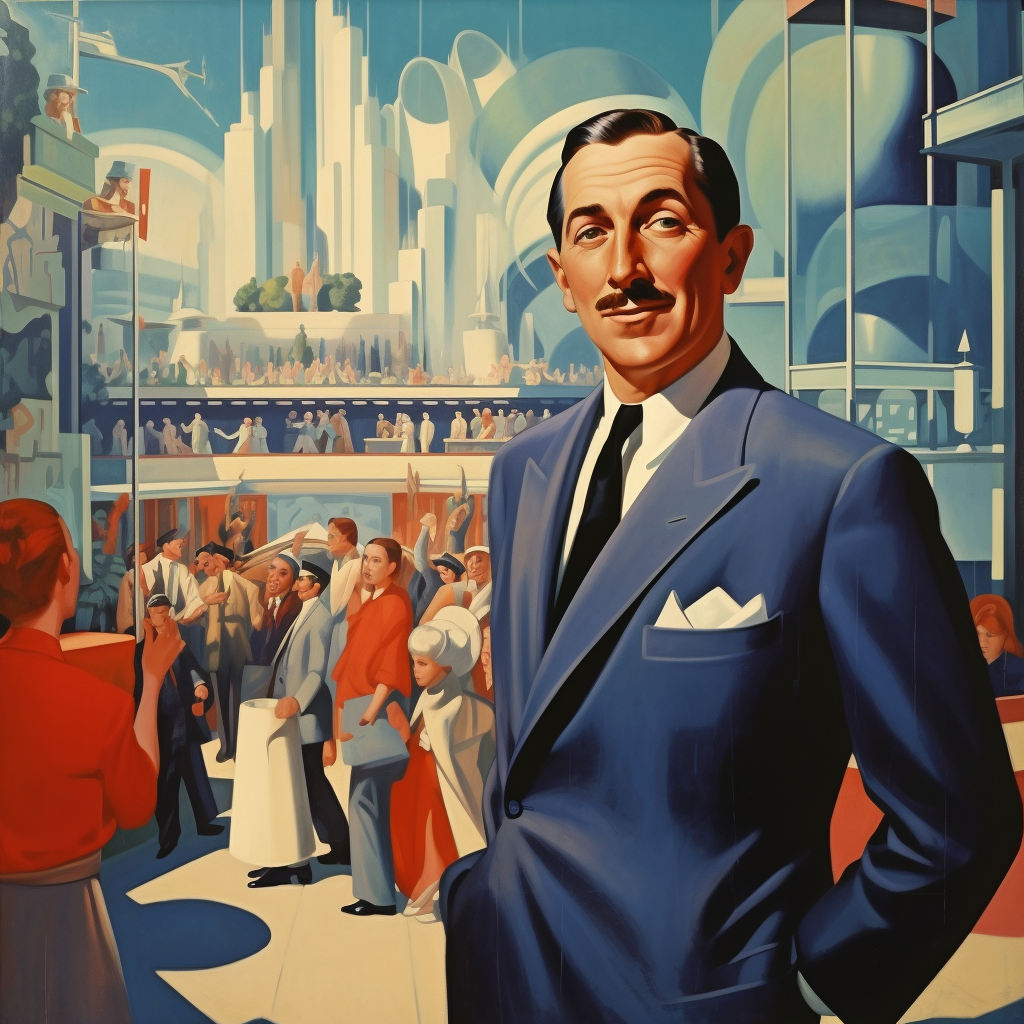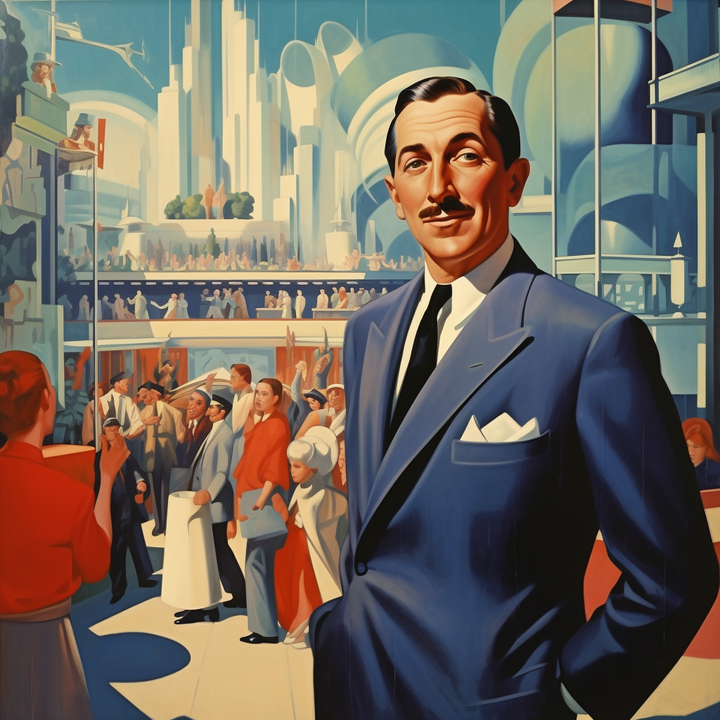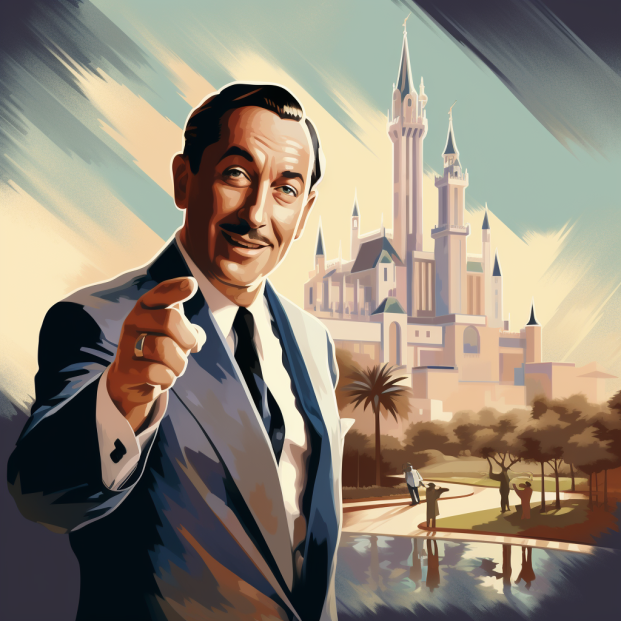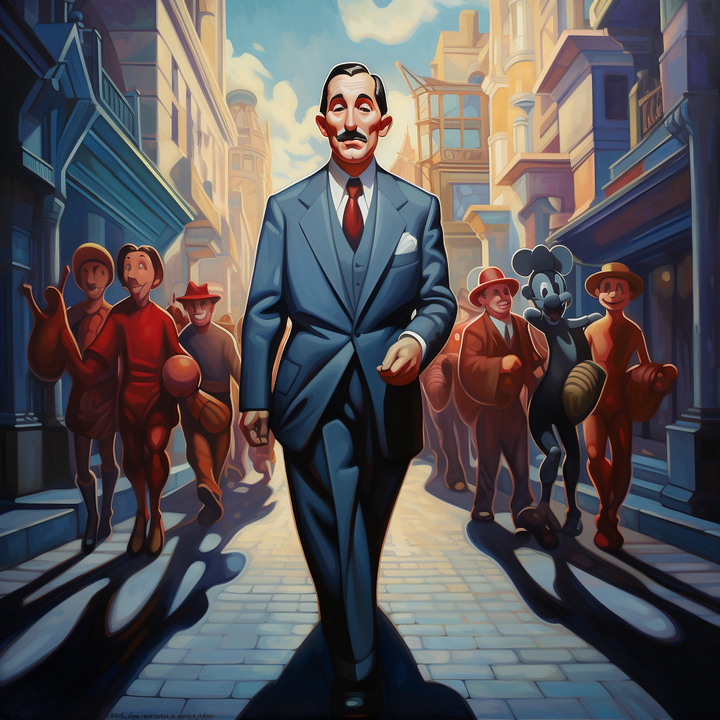Disney New York World's Fair 1964: Walt's Vision

The 1964 New York World’s Fair was not only a global spectacle of culture and technology but also a pivotal stage for The Walt Disney Company to showcase its innovative prowess.
The fair took place at Flushing Meadows Corona Park. Walt Disney’s involvement in the Fair marked a significant moment in the company’s history, introducing groundbreaking audio-animatronics and immersive experiences.
One of the notable attractions at the fair was the Ford Magic Skyway, part of the Ford Motor Company's exhibit, which took guests on a time and space journey using Ford cars and was narrated by Walt Disney himself. Another key attraction was the New York State Pavilion, a sleek, space-age vision of the future.
This story is a testament to how global events can serve as powerful platforms for expanding brand presence and propelling technological and thematic innovation.
Factual Details of Walt Disney at the 1964 New York World's Fair
Year: 1964 Location: New York, USA Contribution: Advanced Audio-Animatronics and Immersive Attractions
Walt Disney and his team played a crucial role in the 1964 New York World’s Fair, creating attractions for several pavilions. This included the “It’s a Small World” attraction for the Pepsi-Cola pavilion, which featured a delightful boat ride through various international scenes.
This included the “It’s a Small World” attraction for the Pepsi-Cola pavilion, the “Great Moments with Mr. Lincoln” show for the State of Illinois pavilion, and the “Carousel of Progress” for General Electric. The Disneyland Railroad later housed animatronics from the Ford Magic Skyway, showcasing Disney's innovative reuse of fair exhibits.
President Lyndon Johnson dedicated the Federal Pavilion at the fair, cutting a ribbon in a ceremony witnessed by notable personalities. These attractions featured the then-novel technology of audio-animatronics – robotic figures that could move and communicate with a startling lifelike quality.
The Lincoln figure in the "Great Moments with Mr. Lincoln" show was particularly impressive, capable of over 250,000 combinations of actions.
The Magic Skyway attraction, narrated by Walt Disney himself, was another significant contribution, highlighting Disney's storytelling prowess.
The Vatican Pavilion was another highlight, showcasing Michelangelo’s Pietà, which drew large crowds. Additionally, the Travel and Transportation Pavilion featured various exhibits, including the Chrysler Motors Exhibit, U.S. Rubber Exhibit, and the New York City building. Richard and Robert Sherman contributed significantly to the music for these attractions, enhancing the overall experience. The Sherman Brothers' theme song for "It's a Small World" became iconic.
Key Outcomes:
- The attractions received widespread acclaim, significantly boosting Disney’s brand recognition and reputation for innovation. The "It's a Small World" exhibit also served as a fundraiser for the United Nations Children's Fund.
- The technology and storytelling techniques developed for the Fair were later integrated into attractions at Disney theme parks. Walt Disney Records preserved historical audio recordings related to these groundbreaking attractions.
- Disney’s participation set a new standard for interactive and immersive experiences at global events.
Leadership Lessons from Walt Disney's Role in the 1964 World's Fair
1. Leveraging Global Platforms for Brand Expansion:
Disney’s involvement in the World’s Fair exemplifies how global events can be leveraged to enhance brand visibility and showcase innovation on an international stage.
The impact of Disney's innovations at the fair, particularly the attractions like 'it's a small world', Great Moments with Mr. Lincoln, the Carousel of Progress, and the Magic Skyway, laid the groundwork for future theme parks, including Disney World.
The Eastern Kodak Pavilion, with its panoramic views, was one of the popular stops, offering visitors a high vantage point to take in the vast panorama of the grounds.
2. Innovation as a Brand Hallmark:
The introduction of audio-animatronics established Disney as a leader in technological innovation, underscoring the value of continually pushing the boundaries of what’s possible.
The New York City Pavilion, renovated in 1964 and now the Queens Museum of Art, stands as a testament to the fair’s historical significance.
3. Integrating Technology with Storytelling:
Disney’s exhibits blended technology with storytelling, illustrating how the marriage of these elements can create unforgettable customer experiences. The fair was a pageant of world history presented by various exhibits, showcasing the advancement and achievements of different nations, cities, and corporations.
4. From Temporary Exhibits to Lasting Attractions:
The transfer of World’s Fair attractions to Disney theme parks demonstrates strategic foresight in extending the lifespan and impact of temporary projects.
5. Inspiring Industry-wide Trends:
Disney’s contributions influenced the direction of future global exhibitions, setting trends in interactive and immersive display technology.
Walt Disney’s participation in the 1964 New York World’s Fair was more than just a contribution to a global event; it was a strategic move that expanded Disney’s brand and set new industry standards.
It showcases the immense potential of global platforms in amplifying innovation and propelling brand presence. Disney’s legacy from the Fair continues to influence how companies approach technology integration and customer experience, reminding leaders of the importance of seizing opportunities for showcasing innovation and expanding brand influence.
Your Reflections
Reflecting on Disney's impact at the 1964 World's Fair, consider:
- How can your organization utilize global events or platforms to showcase innovation and expand your brand presence?
- In what ways can you integrate emerging technologies with core business offerings to create novel customer experiences?
- How might initiatives at global stages be adapted or extended to have a lasting impact on your business or industry?
- What strategies can you employ to ensure your brand not only participates in but also sets trends at major global events?



